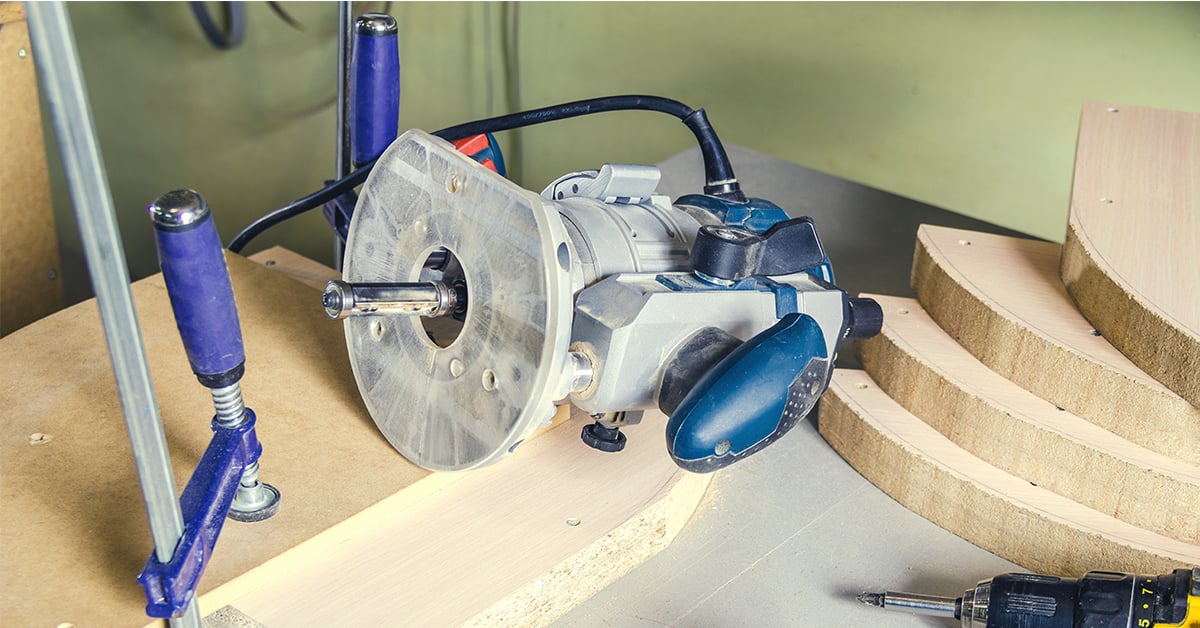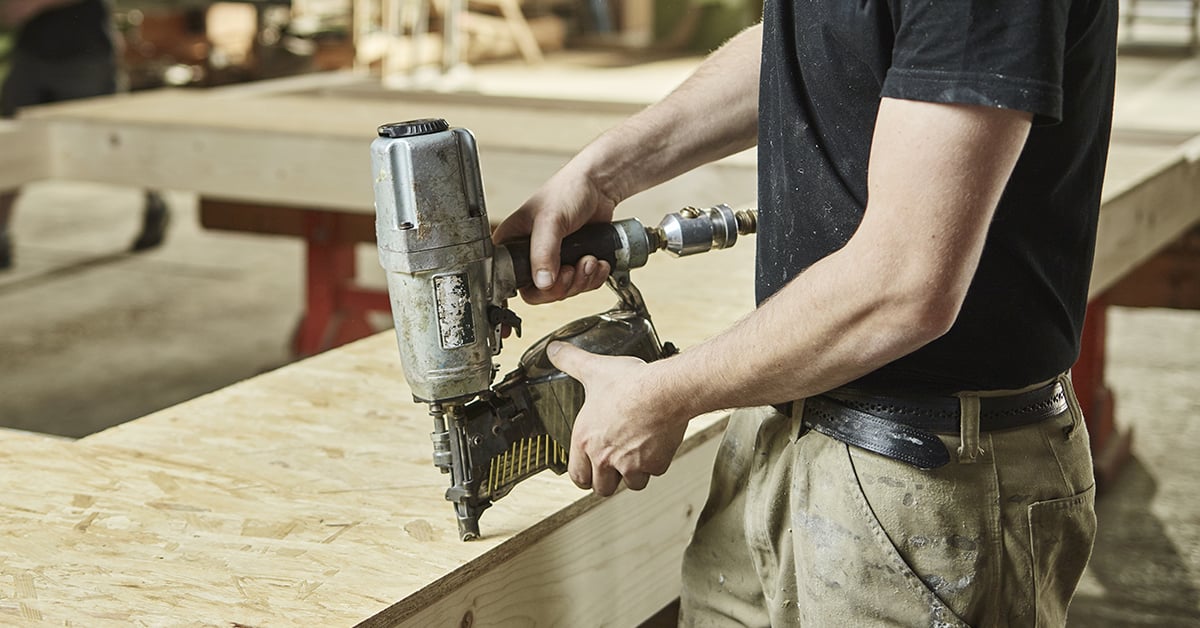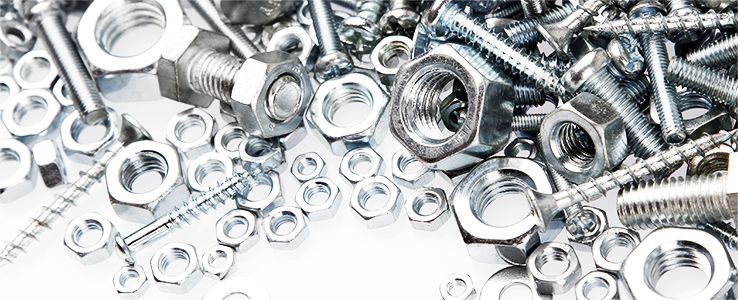Styles of Circular Saws Available
There are two broad categories of circular saw: worm drive and sidewinder models.
Worm Drive Saw: The heaviest and most powerful circular saws belong in this category. A worm drive saw has its motor mounted parallel to its blade. This arrangement allows it to generate enough torque to cut through very hard materials, such as concrete. The saw also has a handle set farther back to minimize the kickback from the high torque produced by its motor.
Sidewinder Saw: This is a lighter unit and easier to handle than a worm drive saw. It’s the circular saw favoured by many homeowners and commonly found on construction sites. A sidewinder saw has a motor mounted at a right angle to its blade. This design improves manoeuverability and delivers enough power for most cutting tasks.
Trim Saw: This is smaller than a sidewinder saw but has limited function. It’s a lightweight power tool best used for panelling and other finish carpentry tasks.
Like most power tools, circular saws are available in corded and cordless models.
Corded: The main benefit of corded saws is their unlimited run time. They’re usually more powerful than cordless units. These circular saws typically have power ratings between 10 A and 15 A. The higher amperage translates to faster cutting action and smoother cuts. A corded saw may require an extension cord to connect to a wall outlet. Hooked to a constant power supply, it can run for as long as needed and doesn’t require replacement or recharged batteries. On the other hand, a power cable and an extension cord tether this power tool and limit where you can use it. Cords and cables may also restrict manoeuverability.
Cordless: The greatest advantage of cordless circular saws is their portability. Without power cables and extension cords, they’re suitable for use anywhere. Since they’re smaller than corded models, these tools are also ideal for working in confined spaces. It’s important to consider battery power and capacity before adding these machines to your cordless power tool sets. Units with batteries rated above 18 volts are more powerful than those with 14- to 18-volt batteries and better suited for more demanding jobs.














